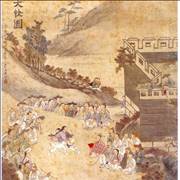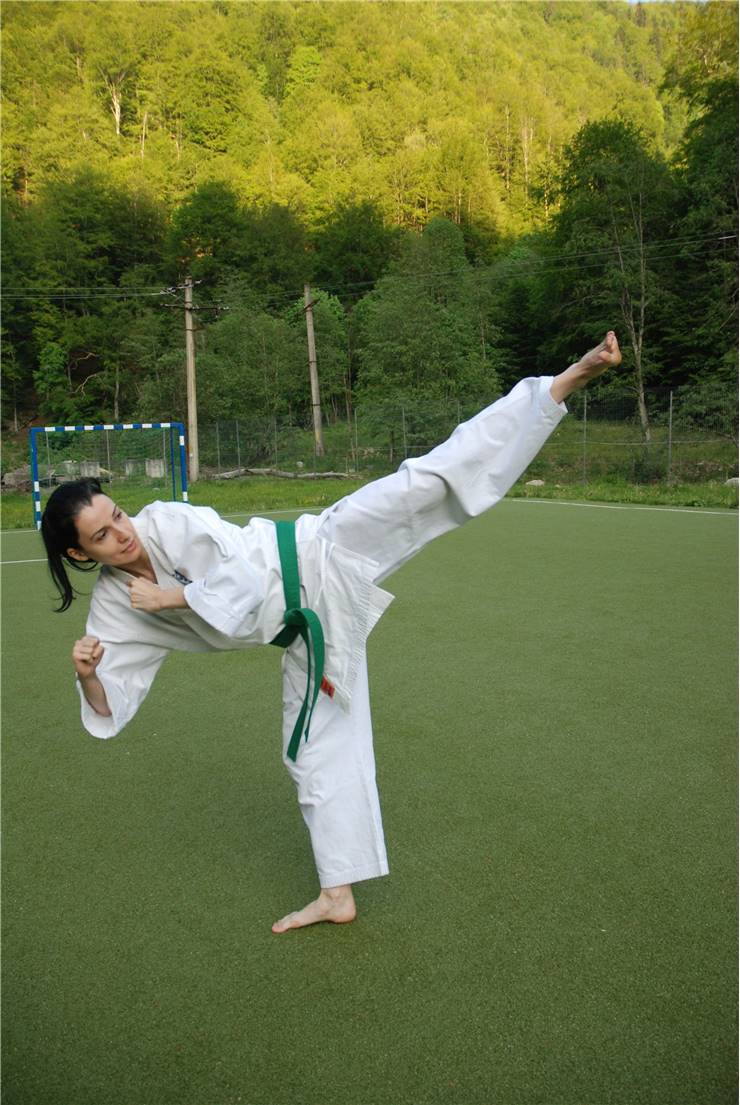Semi Contact Sports
Semi-contact spots allow competitors to achieve contact with their opponents during short bursts, with precise rules that prohibit elevation of contact that may lead to injury. Semi-contact combat sports usually permit special moves with hands or feets, with no possibility of relying on prolonged contact with an opponent achieved via grappling, tackling, submissions, or other full-power combat techniques. The techniques allowed are only from the limited-power range, and each sport usually has a list of approved and banned moves that combatants have to follow.
To achieve victory in semi-contact sports, competitors usually have to acquire enough points to ensure victory. Knocking out an opponent to a subconscious state is not allowed, and therefore, several semi-contact sports allow users to wear protective gear that will protect them from injury. While semi-contact sports have a tradition of resetting the playing field after each point is won (with combatants taking a predefined and safe starting position), not all semi-contact sports utilize this approach.
Today, most semi-contact sports are not recognized at the Olympic level. Still, millions of people worldwide practice many of them, most notably karate, kickboxing, Kalaripayattu, taekwondo, kendo, and various Chinese martial arts.
Taekwondo
Taekwondo (also known as Tae Kwon Do) is a popular combat sport and martial arts defined by its focus on fast kicking techniques, spinning kicks, jumping, and head-height kicks that make this combat style very attractive to viewers. Modern governing bodies regard taekwondo as a mix of full-contact and light and medium-contact combat styles, which requires participants in professional bouts to wear protective gear on their heads and chests.
Taekwondo is based on speed and agility, focusing on increasing the power of the hit by increasing the speed of the limb performing the hit. To achieve that, taekwondo fighters train to perform fast hits, which often involve spinning in arcs, which helps them to build up the speed of the fist or foot. To popularize such moves, judges in professional matches award double points to any player who scores hit by jumping and hitting the opponent in the head or by doing a spinning hit. While the increased focus on movement and sometimes over-aggressive spinning kicks may lead to a lack of stability, taekwondo fighters believe this tradeoff is worthwhile.
After appearing in the 1940s in Korea as a combination of karate, traditional Korean, and Chinese martial arts, Taekwondo became governed by several organizations that oversaw its development and professional matches. Today’s two largest governing bodies are International Taekwon-Do Federation (ITF) and World Taekwondo (WT). Taekwondo also became an Olympic sport in 2000.
History of Taekwondo
Martial arts, called Taekwondo, was born after WWII in South Korea, mixing the influences of South Korean and Chinese combat styles. In the late 1950s and 1960s, all the martial arts schools merged, forming domestic and international organizations that regulated the development of this popular martial arts style.

